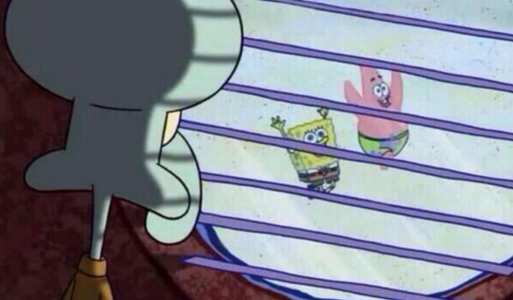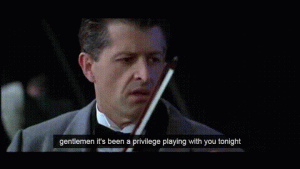The lyrical themes of death metal may invoke slasher film-stylised violence,
[3] but may also extend to topics like religion (sometimes including
Satanism),
occultism,
Lovecraftian horror, nature,
mysticism,
mythology,
theology, philosophy, science fiction, and politics.
[4][5] Although violence may be explored in various other genres as well, death metal may elaborate on the details of extreme acts, including blood and gore, psychopathy, delirium, mutilation, mutation, dissection, exorcism, torture, rape, cannibalism, and necrophilia. Sociologist
Keith Kahn-Harris commented this apparent glamorisation of violence may be attributed to a "fascination" with the human body that all people share to some degree, a fascination that mixes desire and disgust.
[19] Heavy metal author
Gavin Baddeley also stated there does seem to be a connection between "how acquainted one is with their own mortality" and "how much they crave images of death and violence" via the media.
[54] Additionally, contributing artists to the genre often defend death metal as little more than an extreme form of art and entertainment, similar to horror films in the motion picture industry.
[6] This explanation has brought such musicians under fire from activists internationally, who claim that this is often lost on a large number of adolescents, who are left with the glamorisation of such violence without social context or awareness of why such imagery is stimulating.
[6]










































